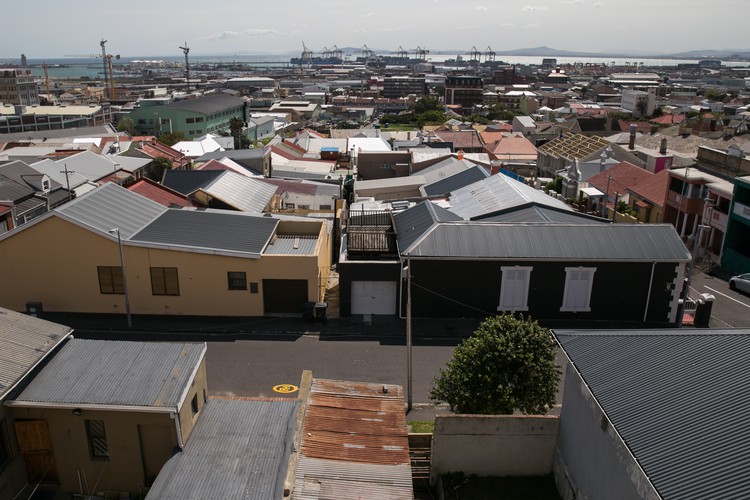In photos: Cape Town’s affordable housing sites
City has committed to turning 13 sites near the city centre into homes for low-income households
View of Woodstock from Taliep Petersen Bridge.
On Wednesday, the City of Cape Town announced a new plan for future affordable housing developments. All of the sites are within 5km of the city centre and have good access to public transport. The City estimates that the final developments should benefit at least 4,000 lower-income households. The Woodstock Hospital site is among the areas marked for development.
Housing activist Zackie Achmat wrote on his Facebook page: “Today, a real thank you to Mayor Patricia de Lille and Mayoral Committee member Brett Herron. … No negativity from comrades today. Celebrate your own role in this.”
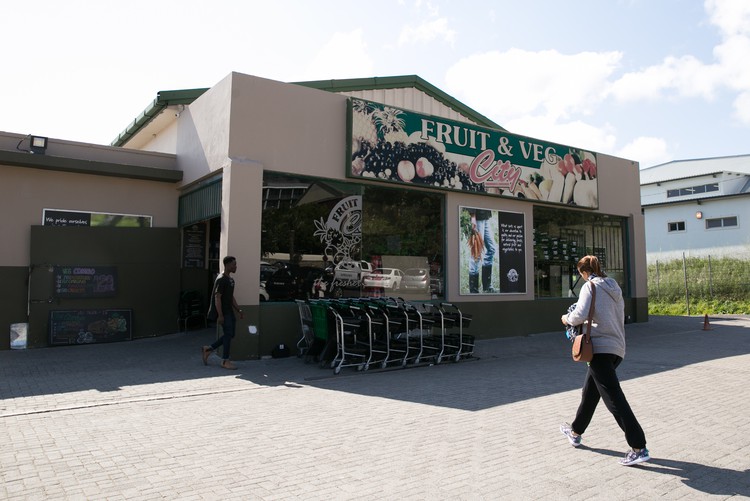
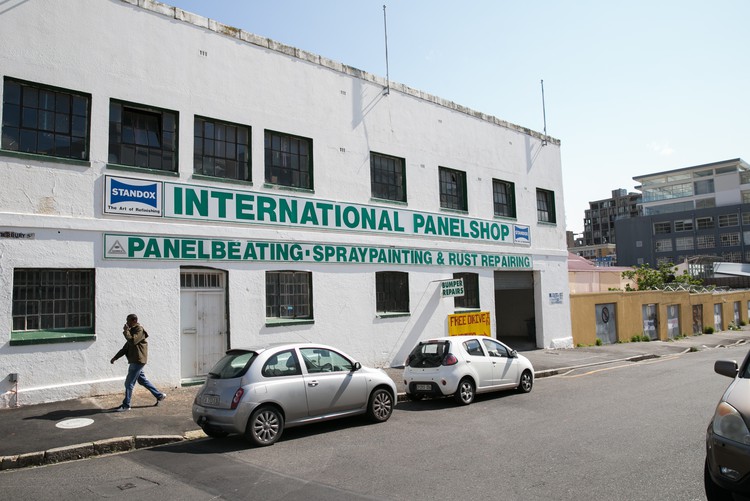
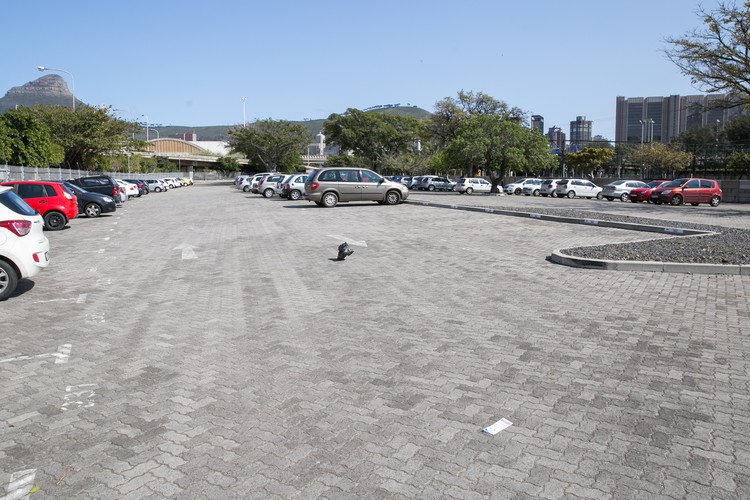
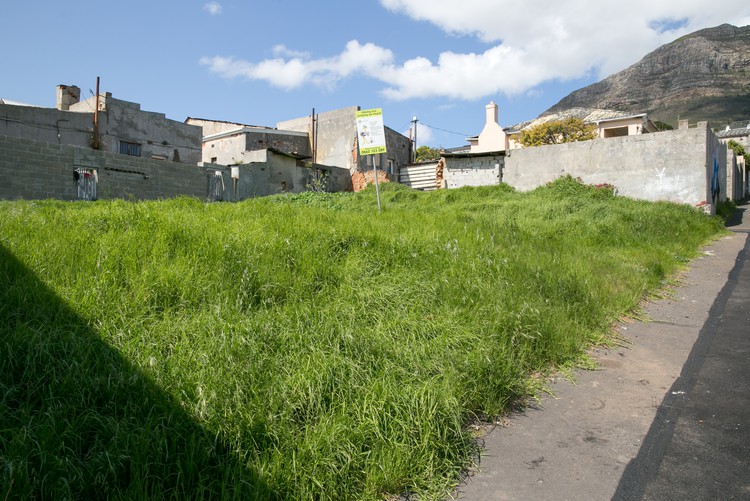

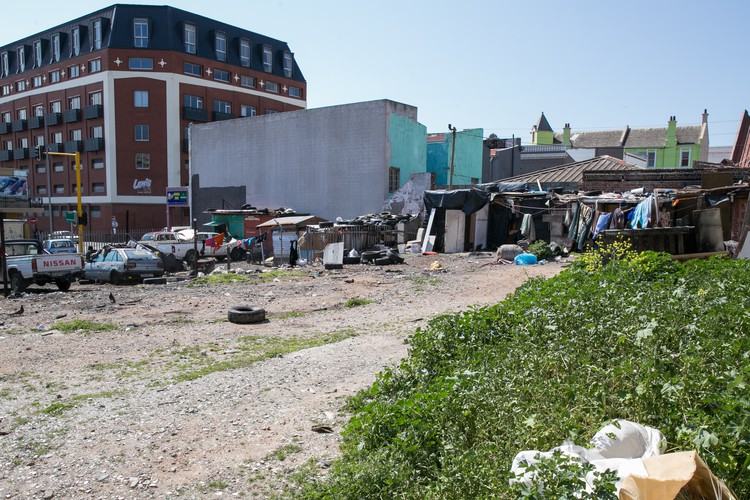
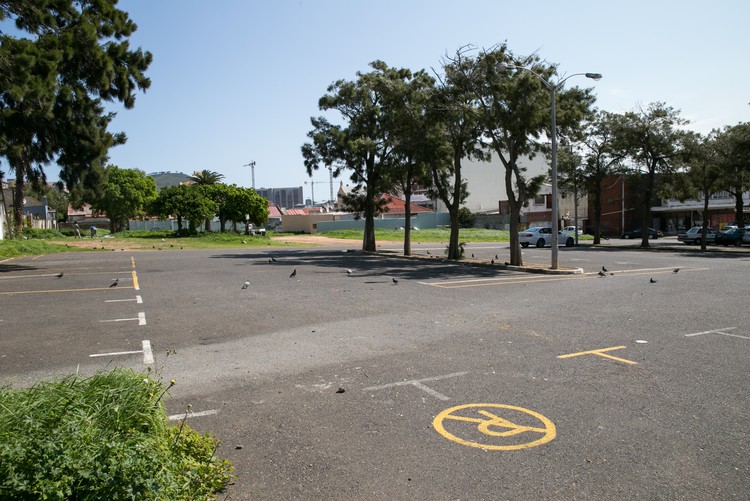
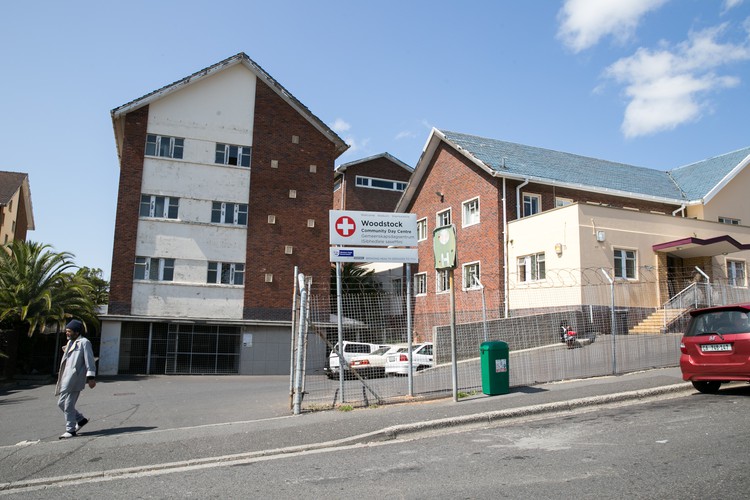
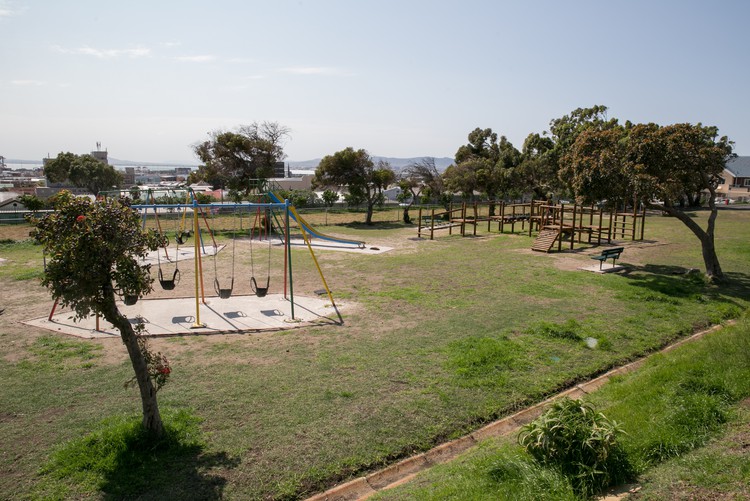
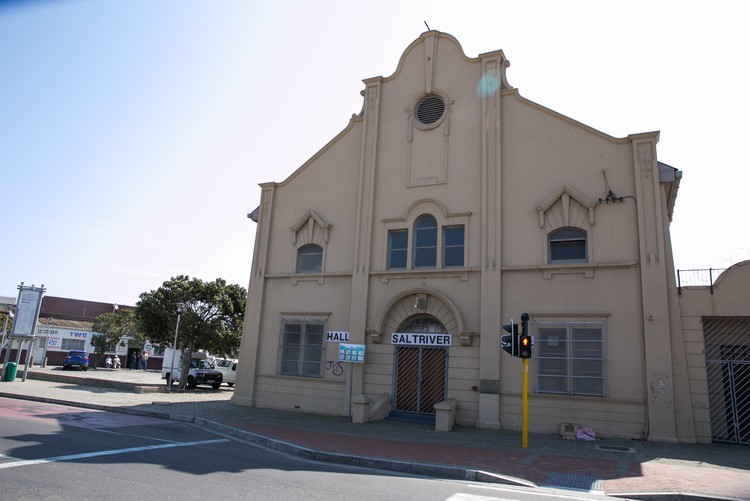
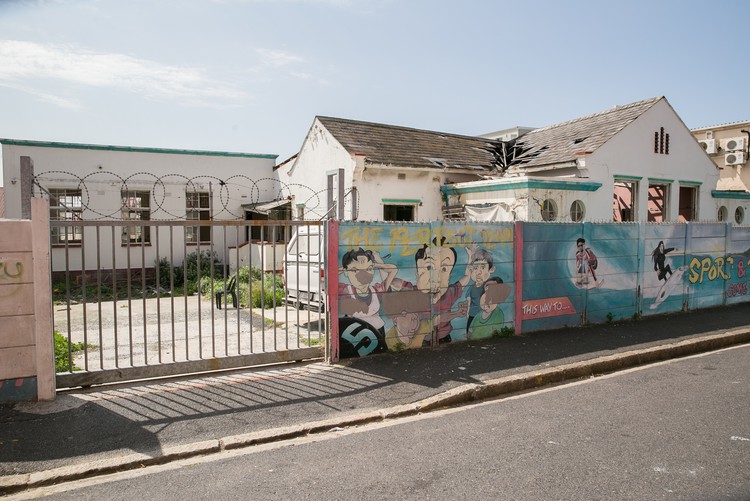

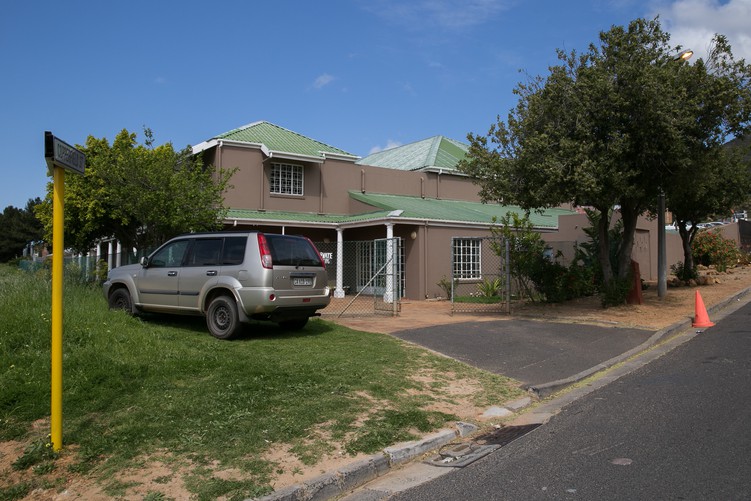
Support independent journalism
Donate using Payfast

Don't miss out on the latest news
We respect your privacy, and promise we won't spam you.
Next: UCT and five unions reach agreement
Previous: R66 million paid out to former miners with silicosis
Letters
Dear Editor
My family lives in Salt River but I cannot afford to rent in Salt River/Woodstock area so I am really happy to see there are people making a real effort to keep the area as diverse as possible.
It is not good that we have a growing divide between the rich and poor areas. It is in the interest of those who are more fortunate to look out and include the less fortunate. So a big thank you to all those that are working towards this tirelessly. We love our city and the areas we grew up in, went to school and where we have numerous family members.
This really makes me feel excited to see this project put into fruition. Good luck and please keep us informed on the progress.
Dear Editor
Thanks to all activists who made this possible!
Viva!
We must be vigilant in the process of the development. We must never ever be complacent as the free market always makes it easier for those who have access to capital.
Dear Editor
On announcing the City’s “new” approach and plan towards to housing delivery – including reference to the thirteen sites earmarked for affordable city housing – Mayoral Committee member Brett Herron cautioned that “What I was talking about today is not going to happen overnight, unfortunately”.
His caution is justified. The thirteen sites referred to were first identified for use as affordable housing in the late 1980s and early nineties, when BP Southern Africa established Headstart, tasked to explore urban “renewal” in District Six, Woodstock, and Salt River. A key focus was affordable housing and increased security of tenure for inhabitants. Headstart, which included the eminent South African urbanists David Dewar, Roelof Uytenbogaardt, and Lucien Le Grange, prepared extensive inventories of land and made relatively detailed proposals for rehabilitation and improvement within the whole area (Springfield Terrace is a Headstart “legacy” project). Furthermore, some of the agreements made with Social Housing Institutions referred to has been in place for many years.
Arguably, since then, Cape Town’s poor performance in providing affordable inner city housing has little to do with available land, community support, or professional commitment and planning for land available. The issue – common to different political regimes – is simply a lack of political will.
Dear Editor
I left Cape Town in the 80s and have always longed to return. At the age of 62, I am finally able to come home but can only afford R300 000 for a home. Which are scarcely available now days.
In 2012, Zuma said that subsidies would be available for new homes of that price range. Are these the the prices you have envisioned?
So proud of all involved in this project.
© 2017 GroundUp. 
This article is licensed under a Creative Commons Attribution-NoDerivatives 4.0 International License.
You may republish this article, so long as you credit the authors and GroundUp, and do not change the text. Please include a link back to the original article.

